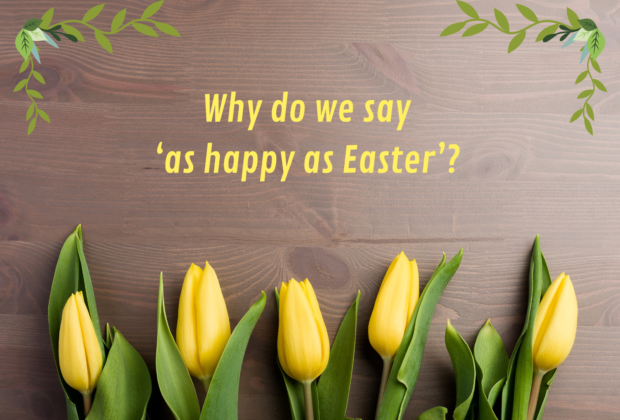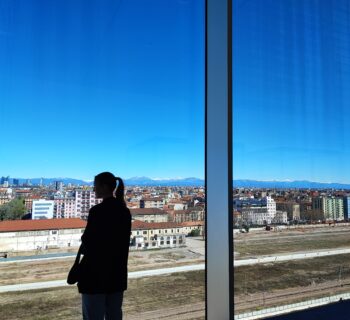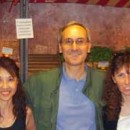In traditionally Catholic countries, Easter is considered the most important celebration of the year and, by coinciding with the time of transition from winter to spring and the arrival of the first fine, sunny days, it represents a period of happiness and light-heartedness.
Until the end of the nineteenth century, when religious practices were more rigorous and severe, the period of Lent (the 40 days preceding Easter) was lived in a particularly austere way, with many sacrifices and prohibitions. For example, meat, fish, sweets and alcohol were not allowed, and there was an absolute ban on having intercourse with one's spouse. Singing, playing, reading poetry, painting and listening to music were also forbidden, which is why Lent was the period in which entertainers found themselves dramatically unemployed and the origin of the superstition that the colour purple (from the sacred vestments that were worn at this time of year) brings bad luck to artists and that one should never wear it when entering a theatre.
Basically, during the whole of Lent, nothing joyful could ever be done. This is confirmed by the idiomatic expressions featuring this topic: in fact, we say as long as Lent to indicate something very boring and endless; to do Lent to say that you have eaten little and that you are still hungry and also to have a Lenten face to indicate a person who looks sad or haggard.
Precisely because the celebrations came as a liberation from very harsh constraints and restrictions, people felt really happy to be able to go back to everything they had had to give up. And in fact, the dished prepared for Easter, as a reaction to previous restrictions, are a riot of high-calorie food and sweets as well as large meals. And what makes people happier than good Italian food?
Discover other curiosities about Easter in Italy:
- Easter in Italy: 5 ideas between nature and Italian beauties
- Spring in Italy: flowers, sun and good food
- The origins of an Italian Easter cake: "La Colomba"
- La Pasqua in Italia - episodio speciale
Scuola Leonardo da Vinci Turin
The welcoming friendly atmosphere of our school will make you feel at home and you can relax with your classmates in the small gardens of the adjacent pedestrian area.
Latest posts by Scuola Leonardo da Vinci Turin (see all)
- In Turin, a breaded cutlet is called grissinopoli - July 4, 2024
- Fritz the elephant and Turin’s Museum of Natural Sciences - May 23, 2024
- THE GIRO D’ITALIA - May 8, 2024









